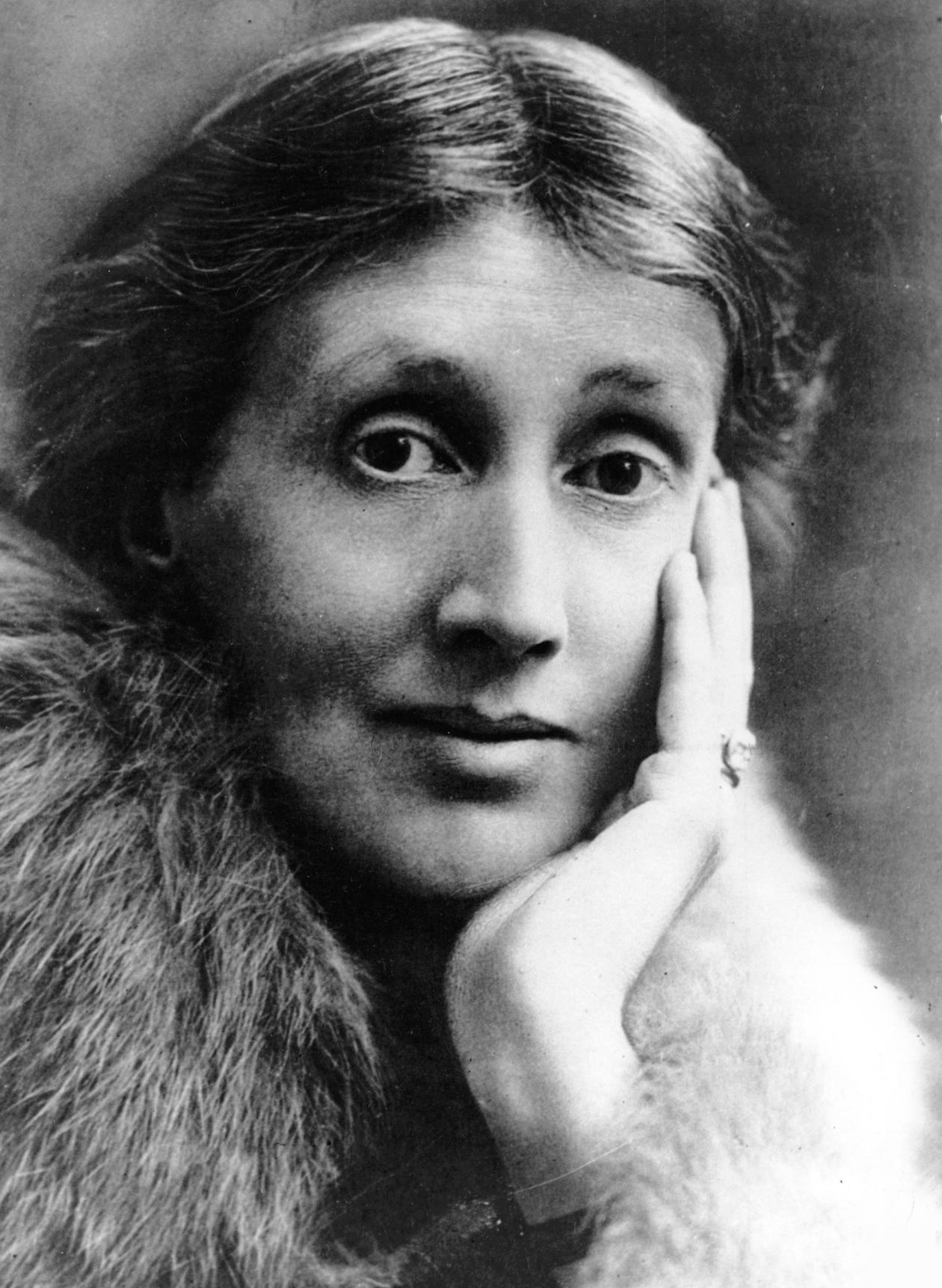Woolf, Virginia (1882-1941), was a major British novelist, critic, and essayist. She was a leading figure in the literary movement called Modernism. Woolf used a literary technique called stream of consciousness to reveal the inner lives of her characters and to criticize the social system of the day. See Novel (The modern novel).

Woolf’s most famous novel, To the Lighthouse (1927), examines the life of an upper-middle class British family. It shows the fragility of human relationships and the collapse of social values. Some readers believe the portrait of Mr. Ramsay in this novel resembles Woolf’s father, the critic Leslie Stephen.
Woolf’s other fiction includes the novels Jacob’s Room (1922) and Mrs. Dalloway (1925), in which she studies the world of characters tragically affected by World War I. Orlando (1928) and Flush (1933) are fanciful biographies. In The Waves (1931), interior monologues reveal the personalities of the six central characters. Unlike other Modernists, whose politics were right-wing and often profascist, Woolf was a feminist, socialist, and pacifist. She expressed her theories in the essays A Room of One’s Own (1929) and Three Guineas (1938). Woolf’s last novels, The Years (1939) and Between the Acts (1941), are as experimental as her earlier work.
Adeline Virginia Stephen was born on Jan. 25, 1882, in London. In 1912, she married editor and writer Leonard Woolf. She belonged to the Bloomsbury Group, an informal group of intellectuals (see Bloomsbury Group). With her husband, Woolf founded the Hogarth Press, which published works of noted Modern writers. Fearing she was going insane, Woolf drowned herself on March 28, 1941. Her reputation has soared with the publication of several volumes of letters and diaries and her critical essays.
